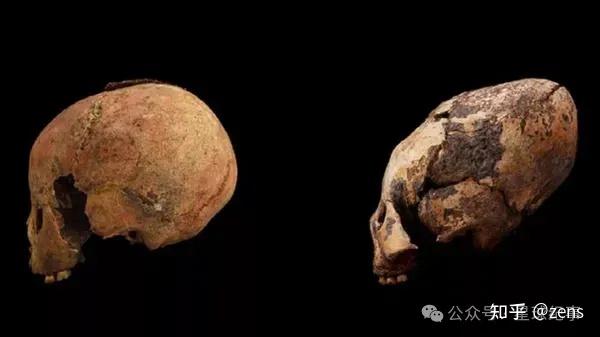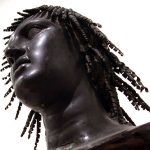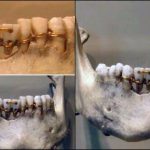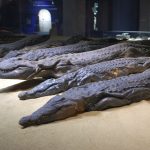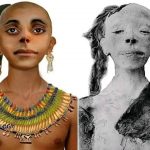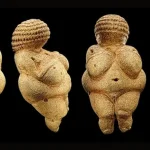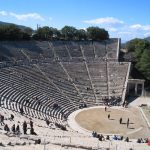Elongated 𝘚𝘬𝘶𝘭𝘭 from Paracas, Peru
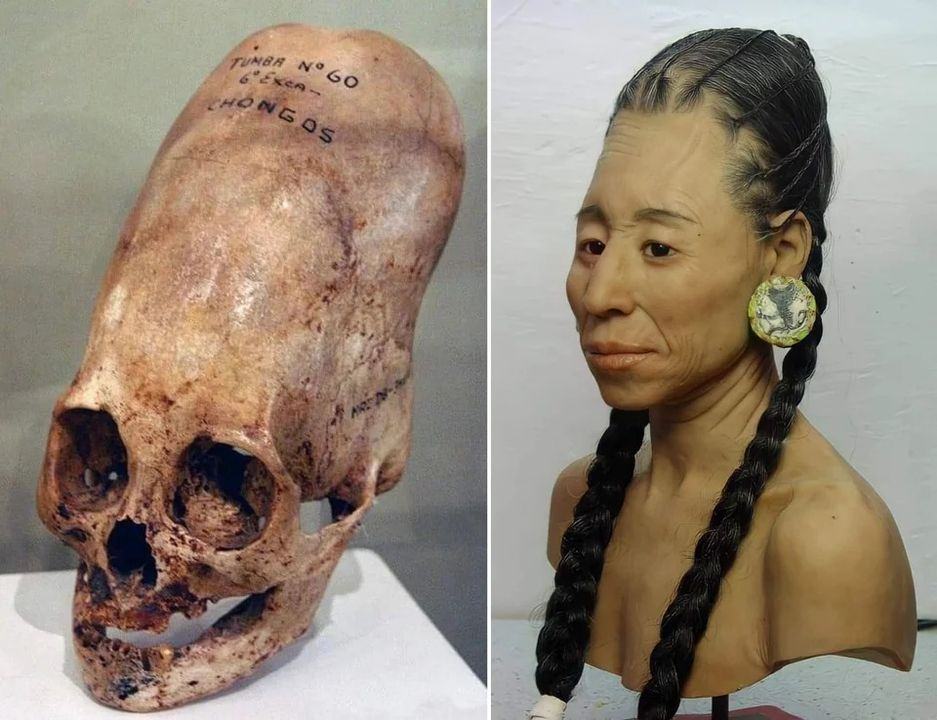
This is one of the hundreds of elongated 𝘚𝘬𝘶𝘭𝘭s unearthed in 1928 at the Paracas Peninsula in Peru. These striking 𝘚𝘬𝘶𝘭𝘭s are the result of deliberate cranial deformation—a cultural practice carried out by the Paracas civilization between 800 and 100 BCE.

By tightly wrapping an infant’s head in cloth during the early years of life, they gradually reshaped the 𝘚𝘬𝘶𝘭𝘭 into an elongated form.
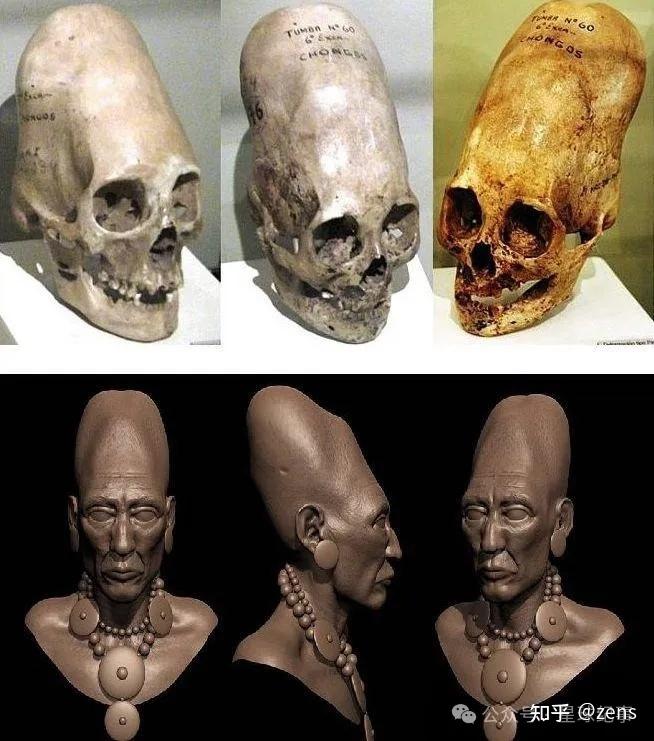
This modification was likely a marker of social status, identity, or beauty within the Paracas society. The practice reflects the complexity and uniqueness of ancient Andean cultural traditions.
